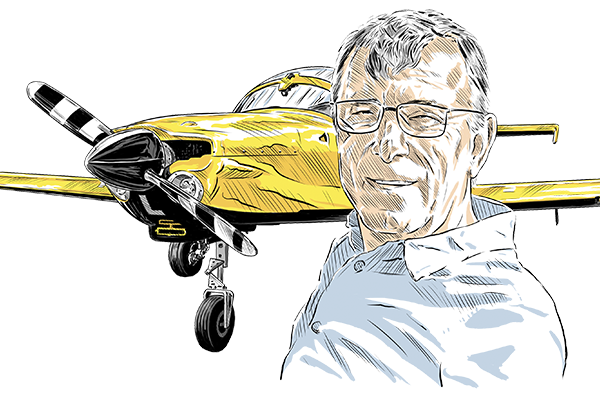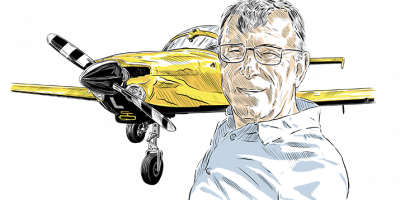Insects in the vents
Between 9 June 2021 and 19 July 2021, several aircraft suffered from abnormal pitot/static system events, two of which resulted in rejected take-offs.
The AAIB investigation identified the cause to be the nesting activity of certain species of wasps and bees within pitot probes.
This report addresses the likely reasons as to why there was a concentration of such events over a relatively short period of time.
Comment: While these events occurred to aircraft at Heathrow it is worth considering how bugs finding their way into pitot and static can cause problems to GA aircraft.
In the worst months, insects can affect aircraft that have been left alone for only a day or two, even when kept in a hangar. Investing in suitable covers for aircraft vents will probably pay dividends!
Nose your speed
Van’s RV-12
Kingsmuir Airfield, Fife
Following a short solo flight, the pilot positioned the aircraft for landing. On crossing the runway threshold, the pilot felt he was travelling slightly faster than expected.
After touching down the aircraft bounced and the pilot decided to hold off but the aircraft did not settle.
The nose landing gear collapsed before he could initiate a go-around.
Comment: If there is something I really bang on about as an instructor it’s flying the approach at the correct speed.
I find many pilots have just not been taught enough about how often to check speed on final approach – I spend a lot of time watching pilots’ eyes as they fly the approach.
Many barely glance at the speed. Your assessment of speed over the threshold should not be based on ‘feelings’ but on what the ASI is telling you. If you’re too fast, go-around.
Crosswind landings
Piper PA-28-235
Welshpool Airport, Powys
The aircraft departed the side of the runway after landing in a gusting crosswind. It struck a fence which caused damage to the aircraft’s wings and exhaust.
Comment: Mishandled crosswind landings lead to a number of damaged aircraft each year.
Many pilots will sensibly have their own crosswind limit which may be somewhat below the POH demonstrated limit.
The skill of a pilot in crosswind landings may be affected by the airfield at which the pilot trained at – an airfield with two or three runways offers more chance to generally fly landings into wind compared to a pilot learning at a single runway airfield.
If you can, try to improve your confidence and competence at crosswind landings by practice with an FI, perhaps on your biennial instructional flight.
Limbo flying
A display team was training some new pilots to fly a ‘limbo’ manoeuvre which involved the aircraft flying under a string of bunting suspended between two poles.
As one of the new pilots flew the aircraft through the limbo gate the aircraft pitched nose down and struck the ground with sufficient force to break the main spar.
The wings folded upwards and the remains of the aircraft came to rest inverted on the grass. The pilot was taken to hospital having sustained serious injuries.
Comment: Please don’t try this at home! I’m afraid that flying under bunting is not on my list of things to try, and I’ve had my share of pretty hair-raising flying. On a wider scale never be tempted into flying beyond your capabilities.





